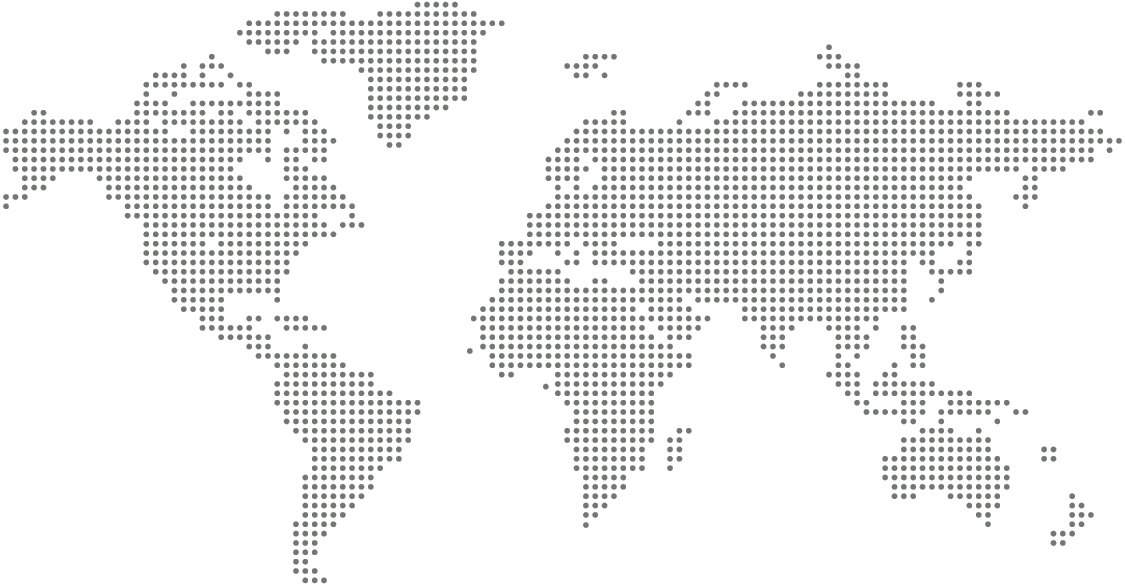

On-Page SEO is where the heart is..

Off-Page SEO news this fine day!
Technical SEO news this fine day!

Off-Page SEO news this fine day!
Ingrese el texto que desea codificar o decodificar:
VERZEX™ SEO Tools bring you the smartest and fastest online URL Encoder/Decoder tool for free!
This online URL Encoder/Decoder tool is extremely helpful when adding special characters to a URL parameter which is also known often referred to as percent encoding. The process of URL encoding involves replacement of unallowable characters with a % (percent sign) and additional two hexadecimal values. While URL decoding works, if you want to know an email campaign or the newsletter’s source.
The VERZEX™ SEO Tools free online URL Encoder/Decoder tool works when you add a string of text on the space provided on this link https://www.verzex.com/seo/url-encoder-decoder/. Then, all you have to do is to click on the “Encode” or “Decode” button, and it will show the results instantly.
This will come handy when you want to turn encoded JavaScript URL with a barely readable text to a more readable text. The URL normally contains a non-alpha numeric letter or character that will be encoded into “%” (percent symbol), followed by few alphanumeric texts. Then, the white spaces in a text will be encoded by “+” symbol.
URLs can only be carried over to the Internet using the ASCII character-set. Since these URLs comes with characters outside the ASCII set, the URL needs to be converted into a useable ASCII format. This URL encoding is used to replace unsafe ASCII characters with a percent sign (%) followed by two hexadecimal digits. URL encoding replaces a space with either a plus sign (+) or with %20.
URL encoding is generally used in the query string or also known as the Uniform Resource Identifier (URI). Users only really want to use URL encoding on the special symbols. This free online URL Encoder/Decoder tool will do the job if you want to get your URL encoded or decoded.
The URL specification RFC 1738 states that only a small set of characters are allowed to be used in a URL. Those characters are listed below:
| A to Z (ABCDEFGHIJKLMNOPQRSTUVWXYZ) | – (Hyphen or Dash) |
| a to z (abcdefghijklmnopqrstuvwxyz) | _ (Underscore) |
| 0 to 9 (0123456789) | . (Period) |
| $ (Dollar Sign) | ! (Exclamation or Bang) |
| + (Plus sign) | * (Asterisk or Star) |
| ( (Open Bracket) | ‘ (Single Quote) |
| ) (Closing Bracket) |
TOnline URL encoding or Percent-encoding, is a procedure for encoding specific information in a Uniform Resource Identifier (URI) in definite situations. Even though it is widely known as known as URL encoding, in general, it is used within the main Uniform Resource Identifier (URI) set, which contains both Uniform Resource Locator (URL) and Uniform Resource Name (URN).
This online URL encoding is also utilized in the preparation of data and the submission of HTML form data in HTTP requests.
All characters that needs to be changed are replaced by a percent sign (%) and a two-digit hexadecimal value that signifies the character in the appropriate ISO character set. Listed below are some examples:
| $ (Dollar Sign) becomes %24 | + (Plus) becomes %2B |
| & (Ampersand) becomes %26 | , (Comma) becomes %2C |
| : (Colon) becomes %3A | ; (Semi-Colon) becomes %3B |
| = (Equals) becomes %3D | ? (Question Mark) becomes %3F |
| @ (Commercial A / At) becomes %40 |
The characters that are acceptable in a URI are either reserved or unreserved (or a percent sign as part of a percent-encoding). Reserved characters refer to characters that could have special meaning. A good example of this is a slash character which is commonly used to separate different parts of a URL. On the other hand, unreserved characters have no special meanings.
In using percent-encoding, the reserved characters are represented using a unique character arrangements. The sets of reserved and unreserved characters and the conditions under which certain reserved characters have special meaning have changed marginally with each modification of specifications that manage URIs and URI schemes.
When a certain character from the reserved set has special meaning in a certain context, and a URI scheme says that it is important to use that specific character for a different purpose, then the character should be percent-encoded.
Doing percent-encoding of a reserved character usually involves converting the character to its corresponding byte value in ASCII and then representing that value as a pair of hexadecimal digits. The digits before a percent sign (%) are then used in the URI in place of the reserved character. And for the ones that are non-ASCII character, it is normally converted to its byte arrangement in UTF-8, and then each byte value is represented as mentioned above.
The reserved characters that have no reserved purpose in a specific context may also be percent-encoded but are not semantically different from the ones that are not. Let’s have this as an example: “/” is still considered a reserved character but usually it has no reserved purpose, unless a certain URI scheme says otherwise. This is the reason why a character does not need to be percent-encoded when it has no reserved purpose.
URIs that differ only by whether an unreserved character is percent-encoded or appears literally are equivalent by definition, but URI mainframes may not always distinguish this likeness. For maximum interoperability, URI creators are discouraged from percent-encoding unreserved characters.
Since the percent character (%) already serves as the sign for percent-encoded octets, it must be percent-encoded as “%25” for that octet so the user can use as data within a URI.
Many URI schemes involve the representation of arbitrary data, like an IP address or a chosen file system path, as components of a URI.
URI scheme specifications should provide a clear mapping among URI characters and all other possible data values that are being represented by those characters.
|
67,972 Total Used Tools Last Week ▲14.26% |
|||||
|
|
United Kingdom | |||||||||||||||| | ▲ | 64.11% | 9.5K |
|
|
United States | |||||||||||||||| | ▼ | 14.53% | 9.1K |
|
|
Saudi Arabia | |||||||||||||||| | ▲ | 9.67% | 8.7K |
|
|
Morocco | |||||||||||||||| | ▲ | 8.34% | 7.8K |
|
|
Egypt | |||||||||||||||| | ▼ | 14.88% | 6.6K |
|
|
Russia | |||||||||||||||| | ▲ | 92.38% | 6.2K |
|
|
Chile | |||||||||||||||| | ▲ | 88.64% | 5.3K |
|
|
Germany | |||||||||||||||| | ▲ | 83.40% | 5.1K |
|
|
Italy | |||||||||||||||| | ▲ | 64.19% | 4.9K |
|
|
Portugal | |||||||||||||||| | ▲ | 24.33% | 4.7K |
|
11 - 20
|
Comentarios de los clientes
Estadísticas

Boletín de Suscripción
|
. |
|
||||||||||||||||||||||||||||||||||||||||||||||||| |
||
|
COMO SE VE EN. |
||
|
|